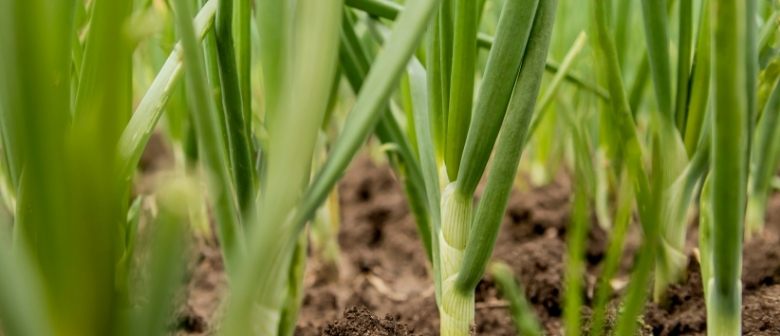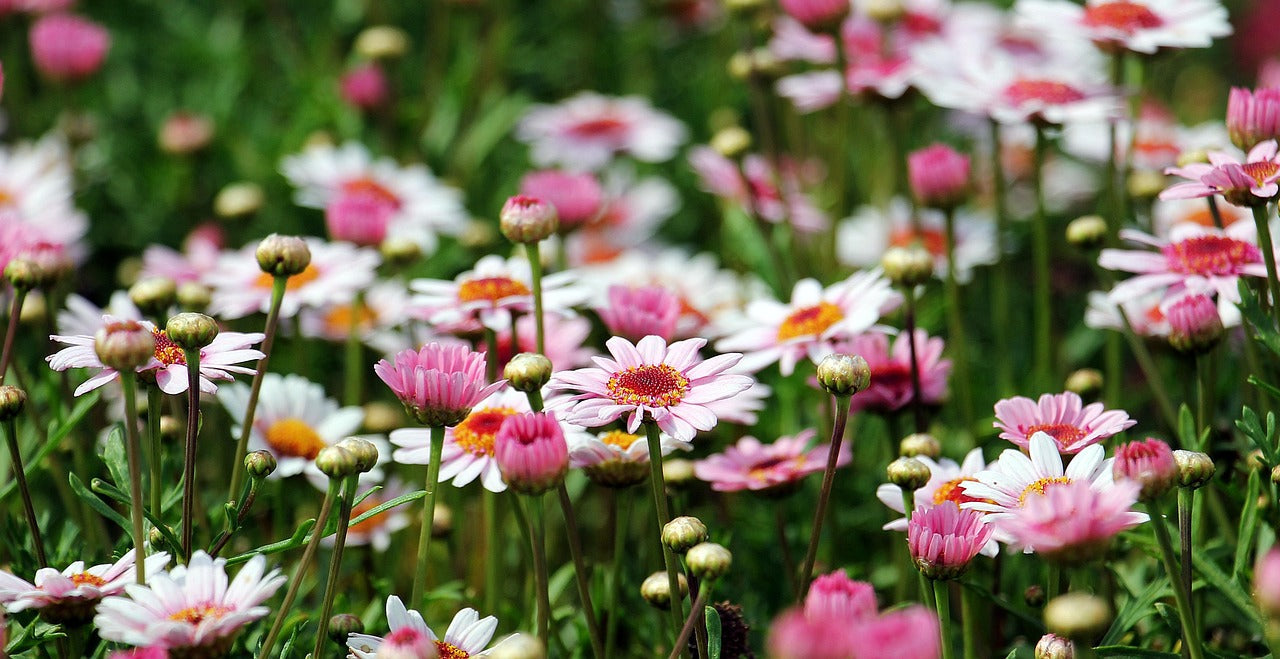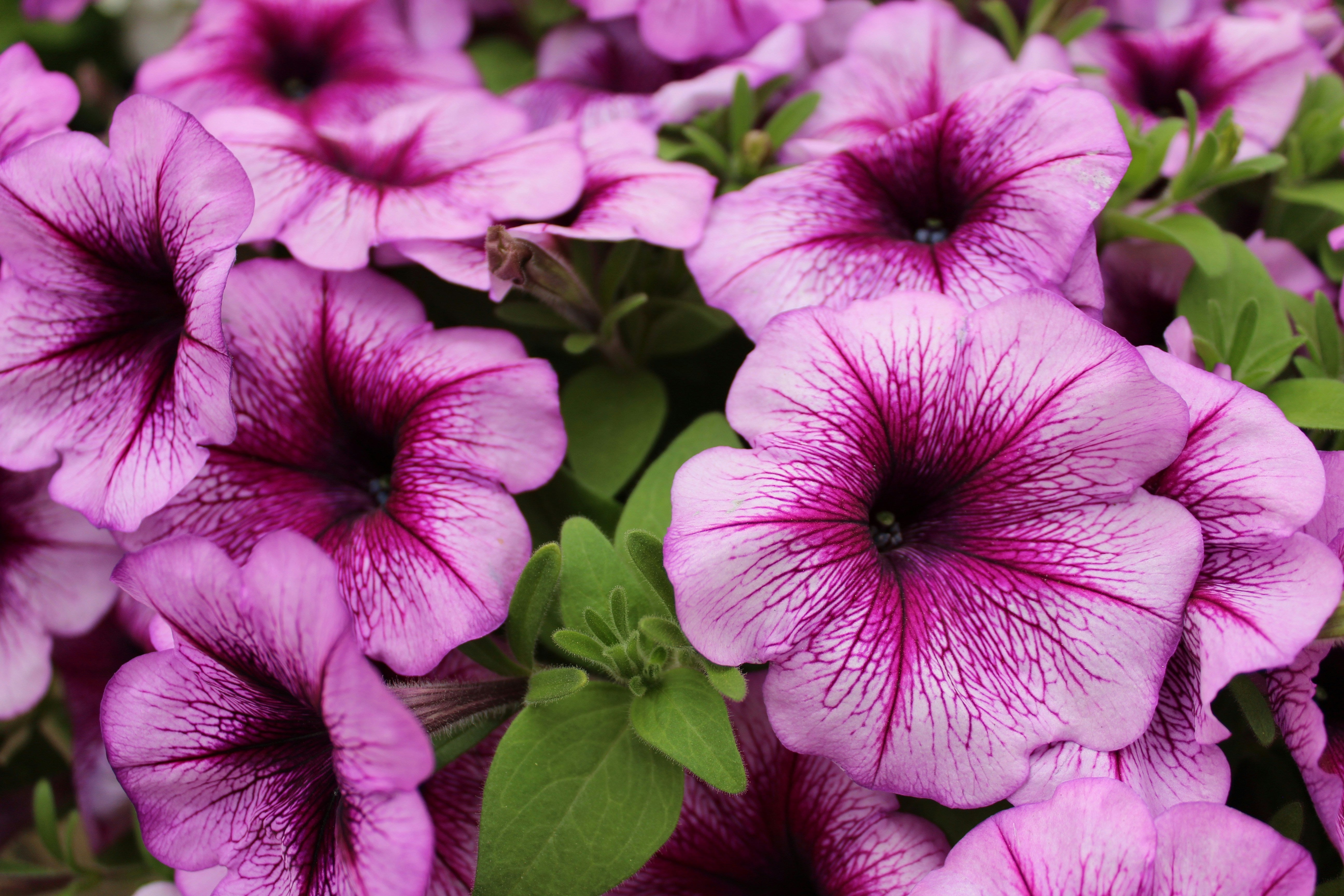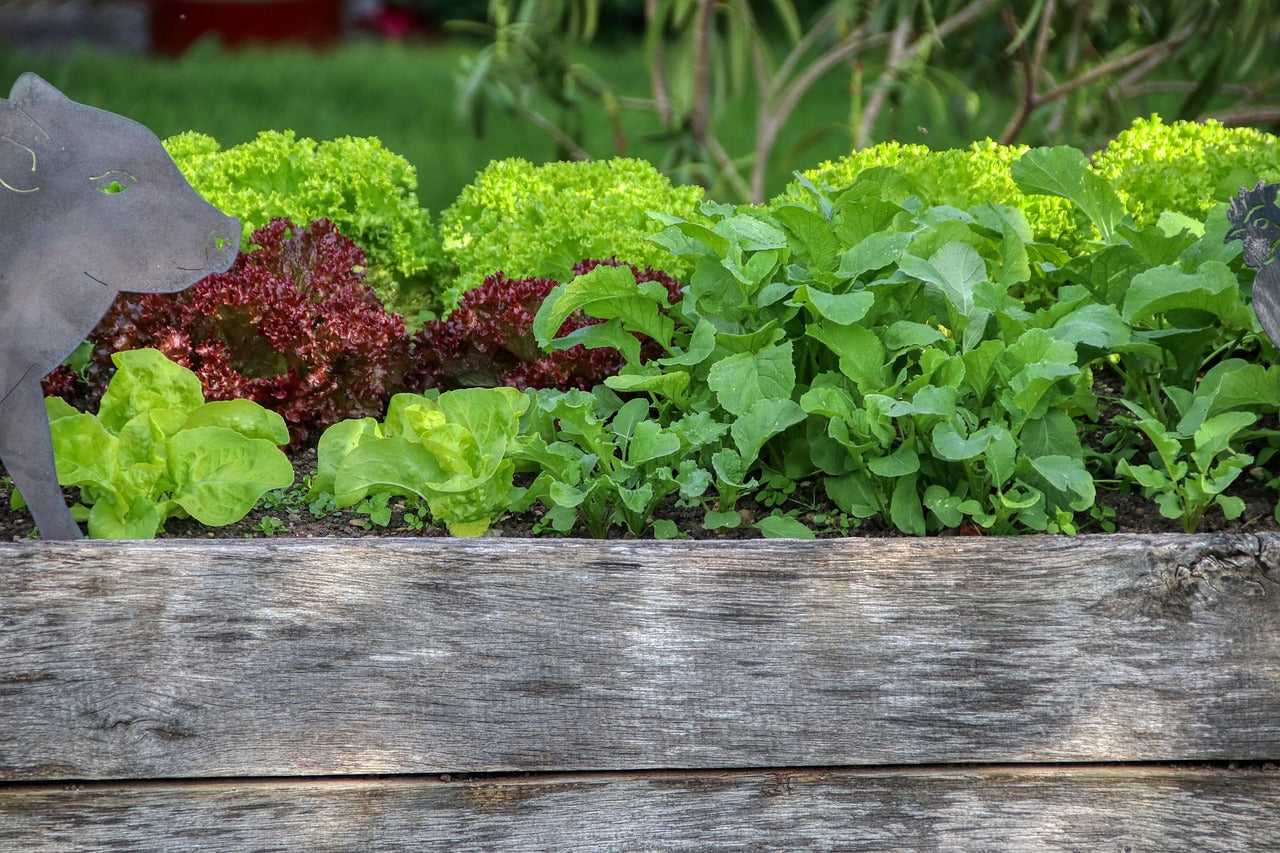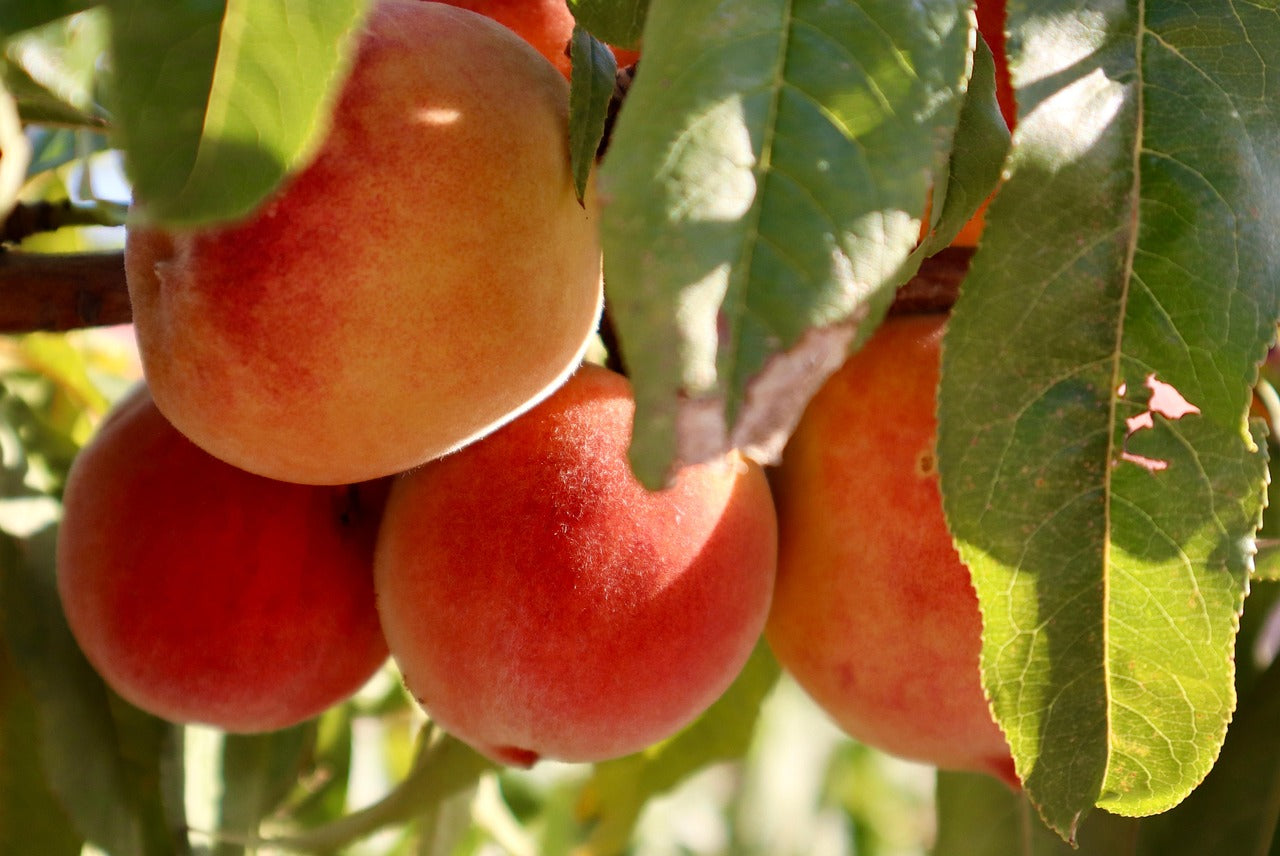It’s easy to grow onions in your own backyard. Onions are a versatile and easy to grow crop that will continue to store well for a long period after harvest!
It can be easy to overlook the classic onion when planning your vege garden. However, this easy and hardy crop can be added to almost every savory dish you may want to eat! With a variety for every kind of space, taste, and experience level we couldn’t recommend the humble onion more. Here are our top tips on how to grow onions:
When to plant
Onion seeds can be sown from mid-April through until early September in cooler areas, or mid-March to mid-July in warmer regions.
Seedlings can be planted from August to mid-October in cooler regions, or mid-July to September in warmer regions.
Different varieties will have different planting periods so we recommend reading the packets before planting. Onions planted at the wrong time will bolt to seed and form a flower rather than the edible bulb that is desired.
Soil and position
Onions require full sun and free-draining soil to grow fat bulbs. We recommend you prepare the soil before planting by digging in compost, Sheep Pellets or Poultry Manure and lime.
Planting
We recommend adding a layer of Tui Vegetable Mix to the area before planting.
- Seeds can be sown in trays or directly into the ground.
- Transplant seeds when they have 4-6 true leaves.
- Plant your seedlings 15cm apart and space rows 20cm apart.
- Plant seedlings no more than 2-3cms deep to avoid them becoming misshapen.
Watering and Fertilising
It is essential to your onions’ growth that they have sufficient moisture. We recommend watering frequently and deeply during the summer months, try to keep the soil moist but not wet.
Feed your onions with Tui Organic Seaweed Plant Tonic, once every 3 weeks to help them grow large and juicy.
Harvesting
When the top of your onion begins to wither it is time to harvest. To do this, simply loosen the soil with a fork and lift the bulbs (being careful not to damage the skins). Plait the leaves together and store your onions somewhere dry, away from sunlight. In optimal conditions, your harvested onions can last for up to six months.
Pests and diseases
Downy mildew can present itself on your onions as grey or purple spots on the leaves. This can particularly affect larger onions especially after long periods of rain. Avoid overcrowding and keep up weeding to increase airflow.
Thrips and aphids can also be problematic for your onions. Thrips cause silvering of the leaves and aphids will cluster on your leaves during warm weather. Both are more likely to occur when conditions are dry so keep an eye on your watering. Both can be blasted off with the hose or controlled by using Yates Nature’s Way Fruit and Vegie Spray.
Companion Planting
Onions can benefit greatly from companion planting. Check out our companion planting guide here.

